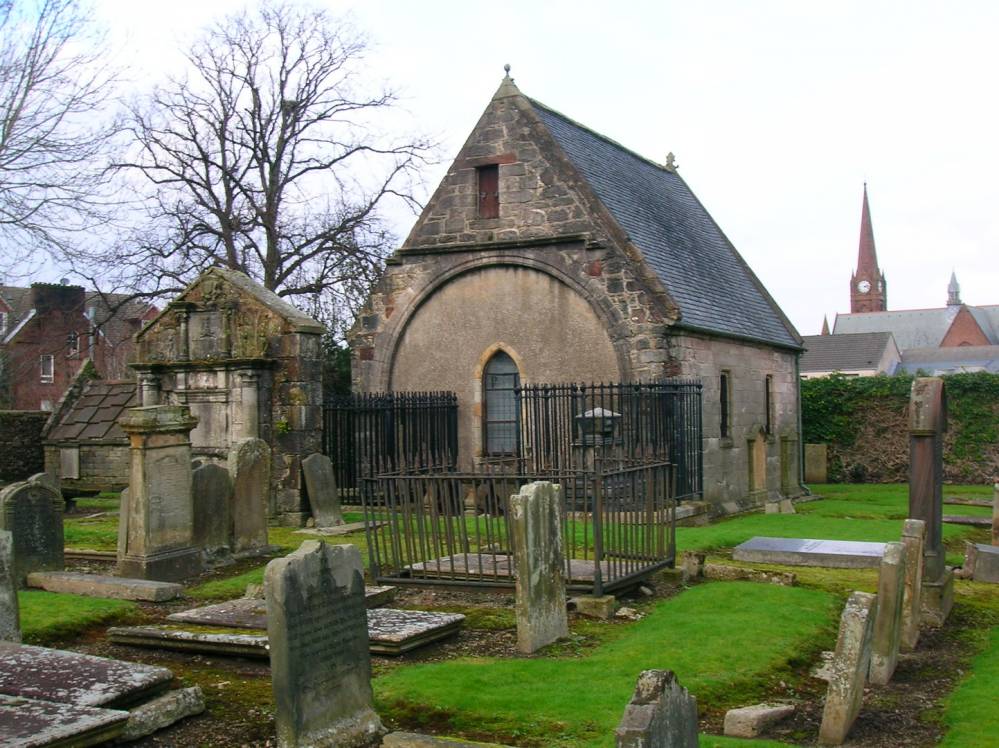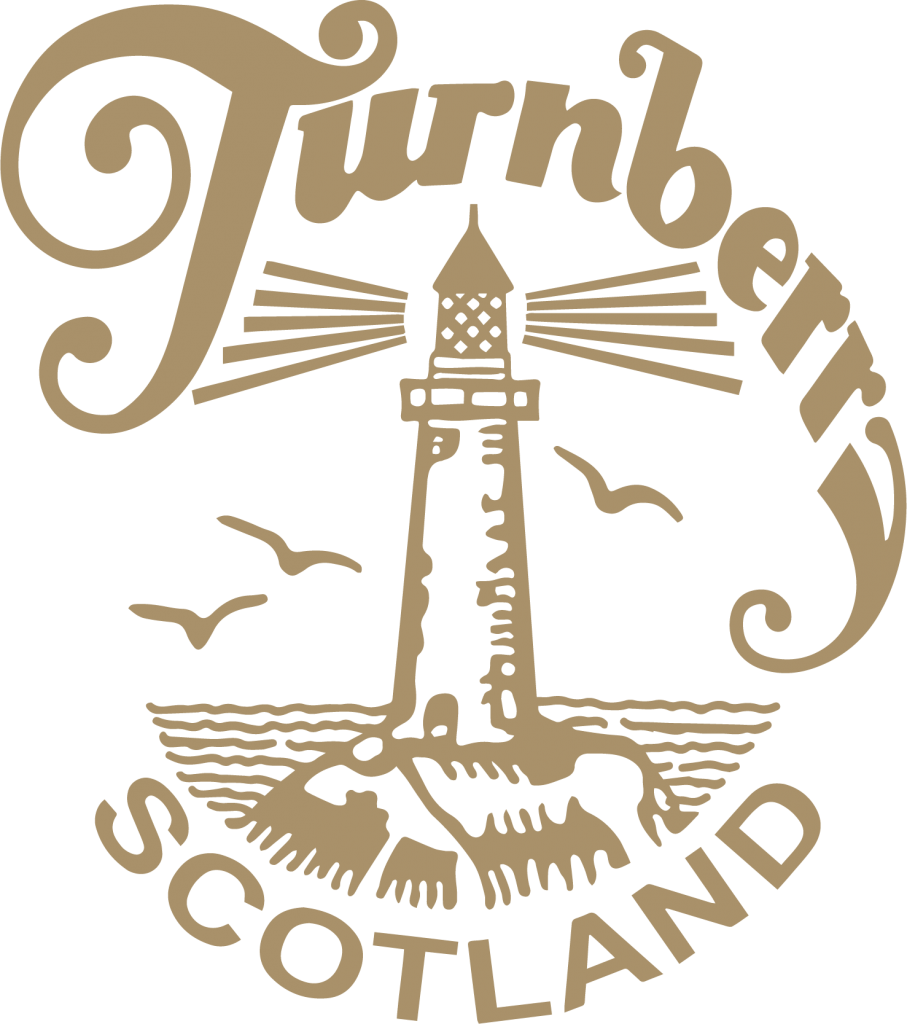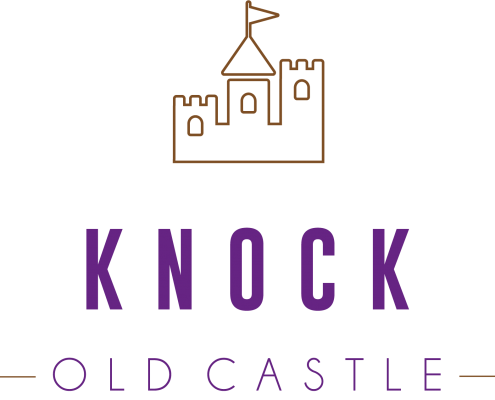Skelmorlie Aisle
History & Heritage

The Skelmorlie Aisle of Largs Old Kirk is the remains of a church in the town of Largs, North Ayrshire.

About
Skelmorlie Aisle
Skelmorlie Aisle was added to the 1200s Largs Parish Church in 1636, on the orders of Sir Robert Montgomerie of Skelmorlie and his wife, Dame Margaret Douglas. It was built as their private place of worship.
In his early years, Sir Robert had been notorious for his ferocious pursuit of the feud with the neighbouring Cunningham family, in a series of slayings centred around disputed territory and revenge. But the death of Dame Margaret after more than three decades of marriage convinced Montgomerie that he should do penance by constructing the tomb to her memory and as a place for him to rest eternally at her side.
Sir Robert is said to have travelled every night the five miles from his castle at Skelmorlie to pray at midnight in the tomb below the ornate monument where the body of his dead wife lay in a lead casket. Legend tells of a local warlock bringing the Devil along with him to do a mischief to Sir Robert. However the laird was deep in prayer as usual and the Devil was forced to give up on his evil intent.
Skelmorlie Aisle is a magnificent monument in an unassuming location. Its exuberant interior has no parallel in Scotland, and is remarkable in its refinement.
When the body of the church was demolished in the early 1800s, the aisle was spared. Today it stands alone in the graveyard, tucked away behind the shops of the main street of Largs. The Aisle stands in two parts: a laird’s loft and a vault. The monumental stone tomb in the laird’s loft is carved in the Renaissance style, which began in Italy in the 1400s. It was probably carved by Scottish masons using foreign pattern books, and may have originally been richly coloured.
The vault, normally not accessible to the public, still contains the lead coffins of Sir Robert and Dame Margaret. Decorations on the tomb include the monograms and coats of arms of Sir Robert and Dame Margaret, as well as symbols of mortality. Experts have debated the possibility of whether effigies of the couple also rested on the tomb, but if so, these are lost.
The boarded barrel-vaulted ceiling is painted to resemble a ribbed stone ceiling. The artist J Stalker, who had also done work in Edinburgh Castle and New Parliament House, executed the paintings here in 1638. At the top are various coats of arms. Within the paintings, visitors may observe metaphorical personifications of Justice and Fortitude, Isaac, Jacob and Esau, and Adam and Eve. However, it is the landscape scenes which most draw the eye. The central scenes are allegories, probably referring to Largs’ position between land and sea. The four corner scenes illustrate the four seasons. Summer, behind and left of the tomb, includes an image of Largs Parish Church before it was pulled down.
Today Skelmorlie Aisle is in the care of Historic Scotland. Admission is free, although visitors need to obtain the key from the adjoining Largs Museum.
In his early years, Sir Robert had been notorious for his ferocious pursuit of the feud with the neighbouring Cunningham family, in a series of slayings centred around disputed territory and revenge. But the death of Dame Margaret after more than three decades of marriage convinced Montgomerie that he should do penance by constructing the tomb to her memory and as a place for him to rest eternally at her side.
Sir Robert is said to have travelled every night the five miles from his castle at Skelmorlie to pray at midnight in the tomb below the ornate monument where the body of his dead wife lay in a lead casket. Legend tells of a local warlock bringing the Devil along with him to do a mischief to Sir Robert. However the laird was deep in prayer as usual and the Devil was forced to give up on his evil intent.
Skelmorlie Aisle is a magnificent monument in an unassuming location. Its exuberant interior has no parallel in Scotland, and is remarkable in its refinement.
When the body of the church was demolished in the early 1800s, the aisle was spared. Today it stands alone in the graveyard, tucked away behind the shops of the main street of Largs. The Aisle stands in two parts: a laird’s loft and a vault. The monumental stone tomb in the laird’s loft is carved in the Renaissance style, which began in Italy in the 1400s. It was probably carved by Scottish masons using foreign pattern books, and may have originally been richly coloured.
The vault, normally not accessible to the public, still contains the lead coffins of Sir Robert and Dame Margaret. Decorations on the tomb include the monograms and coats of arms of Sir Robert and Dame Margaret, as well as symbols of mortality. Experts have debated the possibility of whether effigies of the couple also rested on the tomb, but if so, these are lost.
The boarded barrel-vaulted ceiling is painted to resemble a ribbed stone ceiling. The artist J Stalker, who had also done work in Edinburgh Castle and New Parliament House, executed the paintings here in 1638. At the top are various coats of arms. Within the paintings, visitors may observe metaphorical personifications of Justice and Fortitude, Isaac, Jacob and Esau, and Adam and Eve. However, it is the landscape scenes which most draw the eye. The central scenes are allegories, probably referring to Largs’ position between land and sea. The four corner scenes illustrate the four seasons. Summer, behind and left of the tomb, includes an image of Largs Parish Church before it was pulled down.
Today Skelmorlie Aisle is in the care of Historic Scotland. Admission is free, although visitors need to obtain the key from the adjoining Largs Museum.
Opening Hours
Thu
-
13:30-16:30
Fri - 13:30-16:30
Sat - 13:30-16:30
Sun - 13:30-16:30
More like Skelmorlie Aisle
Nearby























